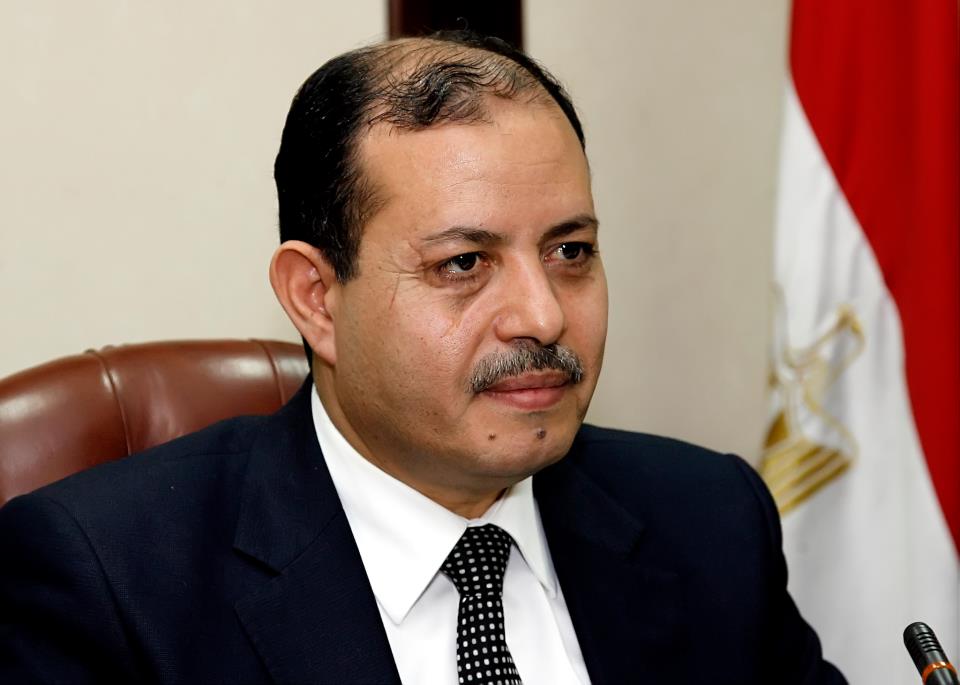
“To better serve farmers.” The goals are a more productive agricultural sector and improved food security for Egypt’s population. Key is improving the services of the Principal Bank for Development and Agricultural Credit (PBDAC), said Minister of Agriculture Ayman Abu Hadid, speaking on the sidelines of the 10th Ministerial Meeting of the International Centre for Advanced Mediterranean Agronomic Studies (CIHEAM) in Algeria a few days ago.
Abu Hadid has issued a ministerial decree to restructure the PBDAC’s board of directors. The question is what type of reform will follow.
Anybody who knows about agriculture in Egypt would tell you that reforming the PBDAC is critical to these two goals. As one of the biggest specialised credit institutions in Egypt, with over EGP 1.5bn in capital, its role is to provide agricultural finance, banking services, and new technology to farmers to increase and improve productivity.
Many working in agriculture in Egypt would also say that the PBDAC has been more effective at keeping the country’s small farmers indebted than at being a meaningful source of credit or new technology.
As one small farmer explained, he uses cash from the PBDAC on his other micro-entrepreneurial activities and then uses the profits from those to support his farming. From his point of view, the credit products available are not particularly well designed, given the nature and timing of agricultural activities, even though this is squarely within its mandate. When asked why he thought that was the case, he said: “It’s because they just don’t care about small farmers.”
It’s fair to say that many small farmers distrust the PBDAC and that its products and services could be vastly improved to meet its mandate.
With about 95% of agricultural land holdings under five feddans (1 feddan = 0.42 hectare), the small farmer customer group is an important one for the PBDAC and for the greater goals of improved agricultural productivity and food security. Production on big farms alone cannot push Egypt towards these goals in the short-term and likely not in the medium-term without the right investments at the right time and in the right way. Investing in agriculture is tricky because of the greater need for coordination in investments.
The question is, what kind of reform of the PBDAC will happen for the institution to better meet its mandate and “to better serve farmers.”
Reforming any institution, but particularly a government institution, is a very difficult task. This is true everywhere in the world and is not unique to Egypt. Although given the nature of the civil service, the little data sharing in the country and for many other reasons, Egypt is most likely among the more challenging environments to plan and execute a reform of a government institution.
Reforms come in all shapes and sizes. Some are meaningful with substantial impact. Other efforts are cosmetic, meant to give the impression that changes will be made for the sake of improvement or effectiveness but the intentions are insincere. Sometimes, reformers are well meaning but simply fail because of design or execution.
In short, one can think about a difference between Reform and reform. Where “Reform” includes a real intention of making significant changes for real impact, “reform” can be a political tool to show responsiveness to a situation but with no real intention of change. In the latter case, there will be a mismatch between the scale of the issues on the one hand and the resources, delegation of authority, and execution on the other. ‘Little r’ reforms are evident from their strategy.
The PBDAC needs ‘big R’ Reform. That will be a very difficult task. It is an old institution, founded in 1930 with over 10,000 employees. As a state bank, it is probably not particularly well run, if the post-private sale performance of other former Egyptian state banks is any indication. Although it is very well capitalised, the capital has not been deployed to effectively support one of its most important customer groups, small farmers. That customer group largely distrusts the PBDAC. Only time, and the strategy, will tell whether it will be a Reform or a reform. To better serve farmers and improve agricultural productivity and food security, it needs to be a Reform.
Iris Boutros is an economist and strategist. She focuses on growth, impact investment, and decision-making. Follow her on Twitter @irisboutros



